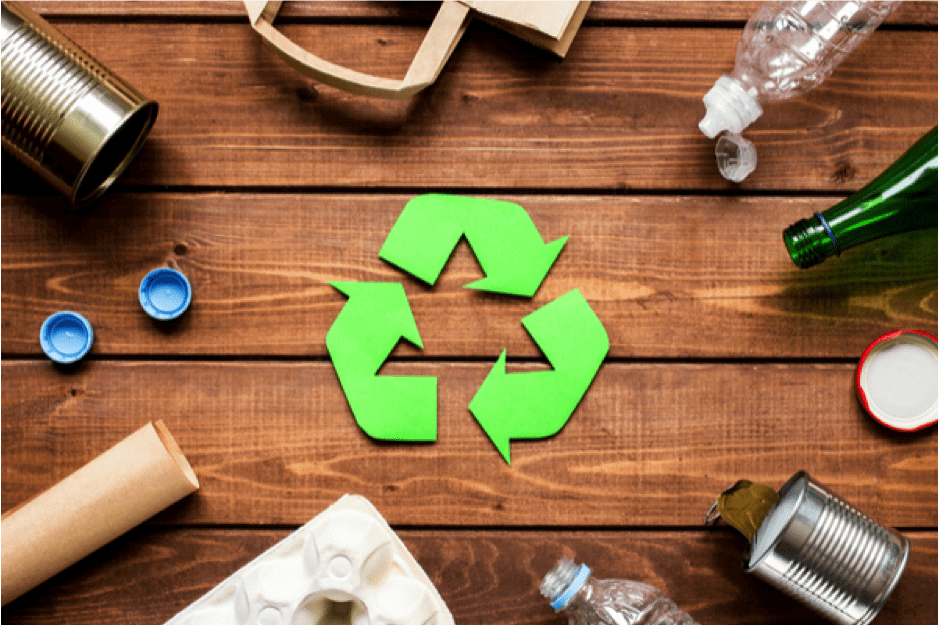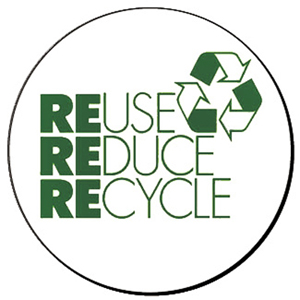Exactly How Recycling Lives Services Help Reduce Environmental Footprints
Exactly How Recycling Lives Services Help Reduce Environmental Footprints
Blog Article
Exploring Different Kinds of Waste in Modern Waste Management Solution
The modern landscape of waste management entails navigating an intricate array of waste kinds, each calling for specialized handling and disposal approaches to mitigate environmental impacts. Municipal solid waste, dangerous waste, electronic waste, and natural waste each present distinct obstacles and possibilities for source recuperation.
Metropolitan Strong Waste
Community strong waste, commonly described as house garbage or trash, encompasses a selection of disposed of materials produced by property, commercial, and institutional sources within a town. This waste stream usually includes things such as product packaging, food scraps, lawn trimmings, paper, plastics, textiles, and disposed of family goods. The monitoring of local solid waste is an important part of city preparation and public wellness, requiring reliable collection, transportation, and disposal systems.
Reliable waste administration systems are made to minimize environmental effect while making the most of source healing. Composting natural waste, such as food scraps and backyard trimmings, not just lowers land fill use but also produces useful dirt modifications.
Municipalities have to likewise deal with the logistical and financial obstacles connected with waste monitoring. Carrying out pay-as-you-throw systems, improving public understanding, and spending in innovation can considerably improve waste diversion rates. By integrating these practices, communities can promote sustainable areas, minimize greenhouse gas discharges, and save natural sources.
Contaminated Materials

Reliable dangerous waste monitoring entails several important actions: recognition, disposal, partition, and treatment. Identification requires the classification of waste based upon its dangerous buildings. Segregation guarantees that dangerous products are saved separately from non-hazardous waste to stop cross-contamination. Therapy approaches, such as chemical neutralization, incineration, and stabilization, are utilized to minimize the poisoning, volume, or flexibility of the waste. Disposal alternatives, consisting of secure landfills and underground storage, are selected to ensure long-lasting containment.
Regulatory structures, such as the Source Preservation and Healing Act (RCRA) in the United States, provide standards and criteria for unsafe waste administration. Adherence to these laws, coupled with developments in waste therapy modern technologies, is necessary in minimizing the dangers associated with hazardous waste.
Digital Waste
Electronic waste, typically described as e-waste, represents a rapidly growing challenge in waste administration systems internationally. This kind of waste incorporates thrown out electronic gadgets and equipment such as smart devices, computers, televisions, and various other electronic appliances. The quick pace of technical improvement, coupled with reducing item life expectancies and customer demand for the most recent devices, has tremendously increased the volume of e-waste generated each year.
E-waste is particularly troublesome as a result of its complicated composition, often consisting of hazardous compounds like lead, cadmium, and mercury, which posture considerable environmental and wellness dangers if not appropriately handled. Conversely, e-waste likewise has useful materials such as copper, silver, and gold, which can be recuperated and reused. The twin nature of e-waste-- both important and unsafe-- necessitates specific handling, reusing, and disposal procedures.
Efficient e-waste monitoring includes strict governing frameworks, robust collection systems, and advanced recycling technologies. Public understanding and involvement are important, as inappropriate disposal techniques, such as prohibited unloading and casual recycling, exacerbate environmental contamination and health dangers. As a result, improving e-waste management techniques is vital for mitigating environmental influence and recuperating valuable sources in a significantly digital world.

Organic Waste
Organic waste, consisting of cooking area scraps, lawn trimmings, and agricultural residues, stands for a substantial part of the worldwide waste stream. This sort of waste is biodegradable, implying it can be damaged down by microorganisms into less complex organic substances. Despite its capacity for all-natural decay, inappropriate management of natural waste can lead my response to negative environmental effects, consisting of the discharge of greenhouse gases such as methane, which add to environment change.
Effective monitoring of natural waste is vital for decreasing these ecological impacts (recycling lives services). Composting is an extensively taken on approach, changing organic waste right into nutrient-rich compost that can enhance soil health and agricultural productivity. Furthermore, anaerobic digestion is an emerging innovation that converts organic waste into biogas, an eco-friendly energy source, and digestate, which can be made use of as plant food
Municipalities and waste management entities should carry out durable natural waste collection and treatment programs to make the most of the advantages of these processes. Public education and learning projects can also play an essential function in encouraging families and organizations to different organic waste from various other sorts of waste. By prioritizing the monitoring of natural waste, societies can reduce land fill usage, reduced greenhouse gas emissions, and develop important results for agricultural usage.

Ingenious Waste Monitoring
In the realm of waste monitoring, cutting-edge methodologies are transforming exactly how societies handle their refuse, intending for sustainability and effectiveness. These developments encompass a range of innovations and methods that boost reusing prices, lower land fill dependence, and reduced ecological influence. One noticeable technology is the implementation of smart waste bins geared up with sensors that keep an eye on fill degrees and maximize collection paths. This not just lowers gas usage however additionally decreases greenhouse gas discharges.
One more notable growth is the fostering of waste-to-energy (WtE) innovations. By converting non-recyclable waste right into useful energy with procedures such as incineration and anaerobic food digestion, WtE lowers landfill concern and offers a renewable power resource. Developments in chemical recycling permit for the failure of complicated plastics right into their initial monomers, making it possible for the development of new, high-quality plastic items.
Additionally, the round economy design is obtaining traction, highlighting the design of products and systems that focus on reusability and resource performance. This all natural method encourages markets to reduce waste generation from the outset. Via these cutting-edge methods, contemporary waste management systems are not only dealing with the prompt obstacles of garbage disposal yet also leading the way more tips here for an extra lasting future.
Final Thought
A comprehensive understanding of community solid waste, dangerous waste, digital waste, and organic waste, combined with the execution of ingenious waste administration services, is imperative for alleviating environmental impacts. Incorporating technologies such as wise waste containers and waste-to-energy systems can enhance effectiveness and sustainability. Efficient waste administration methods not just foster source recuperation but also promote public understanding and involvement, inevitably contributing to the development of a circular economic situation.
The modern landscape of waste management involves navigating a complicated visit the website array of waste kinds, each requiring specialized handling and disposal techniques to alleviate environmental impacts. Local solid waste, unsafe waste, electronic waste, and natural waste each present unique challenges and opportunities for source healing.Electronic waste, commonly referred to as e-waste, represents a quickly growing difficulty in waste monitoring systems worldwide. With these innovative techniques, contemporary waste management systems are not just attending to the instant obstacles of waste disposal but additionally paving the method for a much more sustainable future.
A detailed understanding of community solid waste, unsafe waste, electronic waste, and organic waste, paired with the application of innovative waste management remedies, is important for alleviating ecological impacts. (recycling lives services)
Report this page